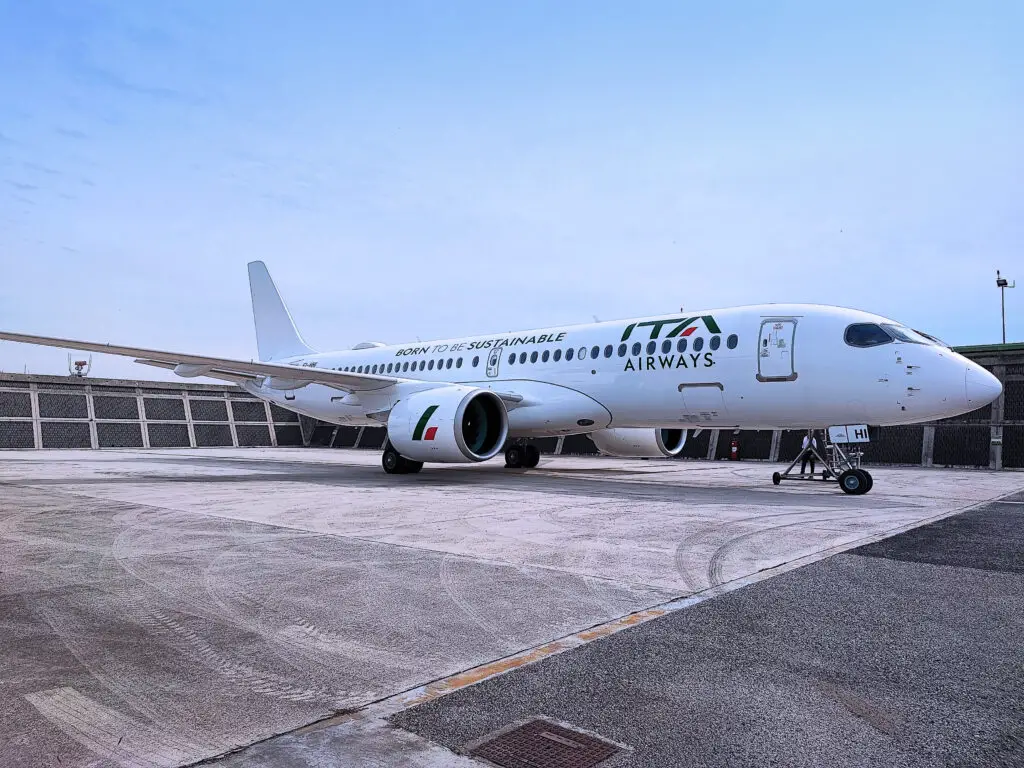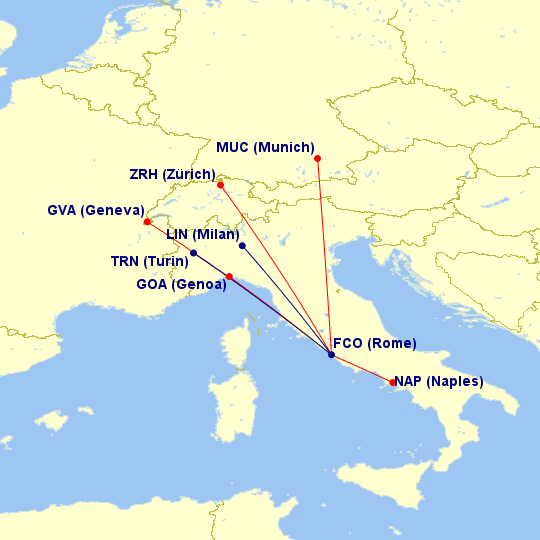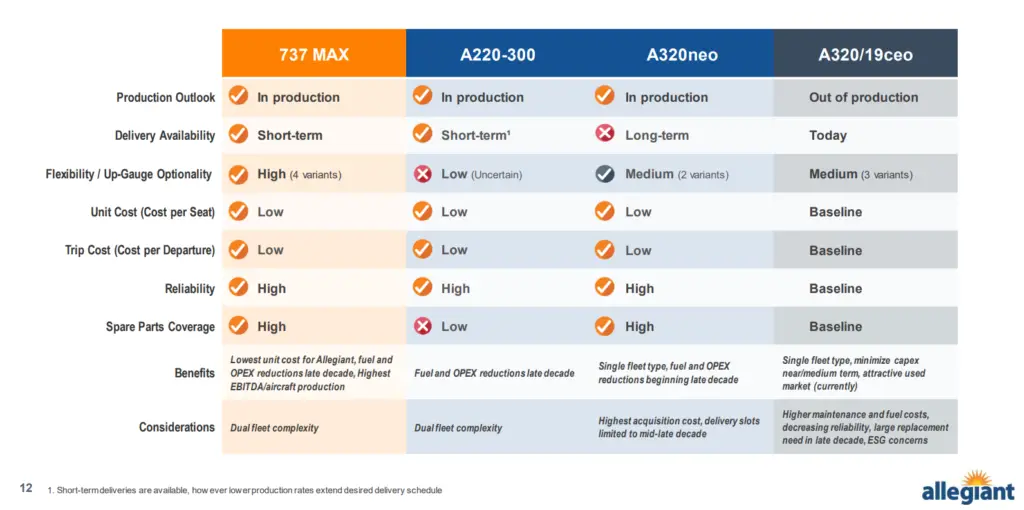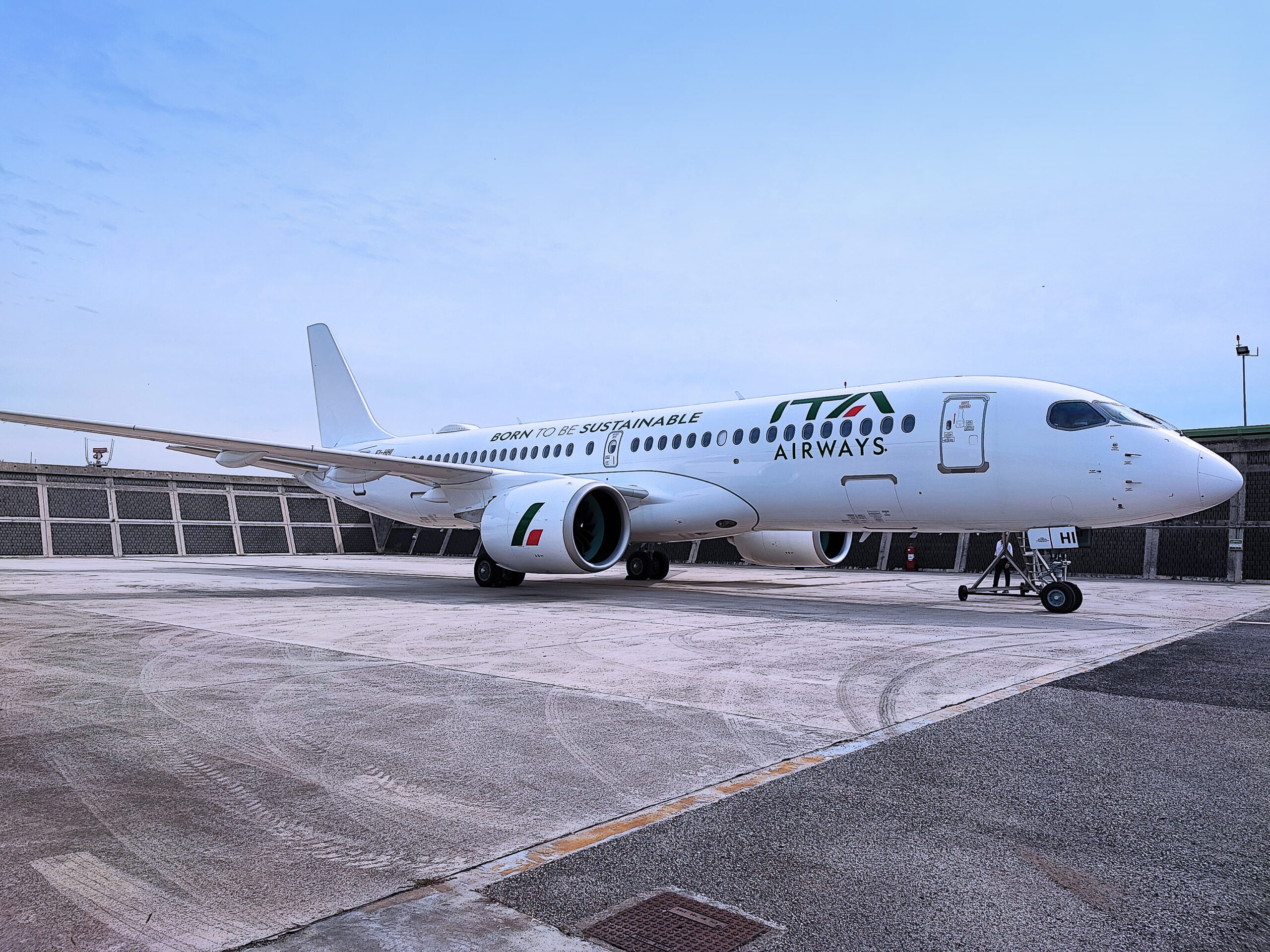If there is one thing that has challenged the financials of the legacy carriers in Europe, it’s the paradox of long-haul/short-haul. In essence, it says the former is profitable, but without the feed of the loss-making latter, it cannot work.
At Alitalia, this was very much true. It also lost money in the long-haul routes, but the bulk of its losses was in short-haul — in fact, the late Italian flag carrier, rather a synonym of «losses», even turned a profit in some of its very prestigious intercontinental routes; namely Rome-Los Angeles and Rome-New York, as an analysis by Corriere della Sera showed back in 2020.
But at the same time, the short-haul was as vital for the company; after all, for decades Alitalia was Italy’s largest carrier and, as such, its local market held a vital importance.
With Alitalia’s de facto successor ITA Airways, this strategy has not changed. A large part of Alitalia’s narrowbody fleet was transfered to ITA from night to day in October 2021; and even as the legacy groups returned to profits in the first part of this year, ITA kept burning cash.
This might well be attributed to the costs incurred in «starting up» the company, but still, the cash burn kept eating through the airline’s accounts throughout the year.
That is why the company’s maiden Airbus A220-300 could not come sooner. In fact, its rather barebones livery showed the rush to put it into service.

The airline, in a press release, said that the four aircraft of the type will start to be rolled out into service already this month.
But considering all of this complex environment, where ITA is planning to initially deploy its new Airbus A220 is very telling of the company’s strategy so far.

Scattered through October, but at full speed from November onwards, the above (in red) will be their Airbus A220 network, according to data from Cirium’s Diio Mi application and verified in their booking system.
Here you can see that the longest route — Rome-Munich is 453 miles/729 kilometers long, lasting just over an hour; in other words, the longest route that their A220 will operate, for now, is relatively short.
And while the A220 is a very versatile jet — up North, airBaltic keeps boasting about how the jet can make flights from Riga to Dubai or the Canaries run profitably –, this goes to show the fundamental advantage of the A220 over the aircraft it is replacing at ITA: the Airbus A319.
That jet, as being a «shortened» version of the Airbus A320, has less seats — which is positive in routes that would not fit 180 seats –, but at the expense of a relatively higher cost per seat.
Having a different project, the Airbus A220 can produce a lower trip cost (the total cost for a single flight) than the older-generation A319, with the same number of seats.
As the executives of ULCC Allegiant, from the US, said last January when explaining their rationale to their 737 MAX order, «the A220 […] is a terrific airplane particularly on a trip cost basis».

And this gap only increases on a very short flight. So much so that the way to survive in these markets is attacking the supply side of the equation, instead of the demand side… especially when the local demand between the two cities has been drained by the rail companies.
Take Rome-Naples, for instance; at times, that flight take less than 30 minutes to be covered. All of the domestic routes that will be served by the A220 can be easily reached, from Rome, with the high-speed rail options, that are abundant and cheap; especially because Fiumicino is far from the city center, whereas Rome’s Termini station is inside the city.
In other words, these routes are entirely reliant on feeding the wider network of ITA, as it has been since the advent of high-speed rail in Italy.
As such, these are very difficult routes to be profitable in, for this connecting traffic can easily been stolen from ITA by other hub competitors with price undercutting. Moreover, local traffic is inexistent. With this, reducing costs is an absolute necessity to increase the margins in these short hops, or at least to halt the losses.
Speaking of competitors, this is a challenge ITA has to face, too, in the international segments it is selling with the Airbus A220.
Apparently, it can barely compete in the trunk routes within Europe; the fact it still does not fly to large markets such as Berlin, Dusseldorf or Frankfurt while its narrowbody fleet is still very much underutilized tells all you need to know about ITA’s approach to its short-haul program. Without strong partnerships on the other side, it would rather leave its A319/A320s on the ground than to compete with easyJet, Ryanair or even Eurowings/Lufthansa.
This is where the A220 will be instrumental. The three international destinations the aircraft will serve will see competition. Geneva, with low-cost carrier easyJet; Munich, with Lufthansa; and Zurich, with Swiss. The three are already served by ITA, which means the Italian airline thinks it needs to up its game if it is to improve its results to those cities.
Overall, the A220 will not operate miracles; but ITA hopes that, with it, it can start to turn the tide for the better, while it is prepared for privatization. For now, even its minimalist livery reflects the austerity of these times.














